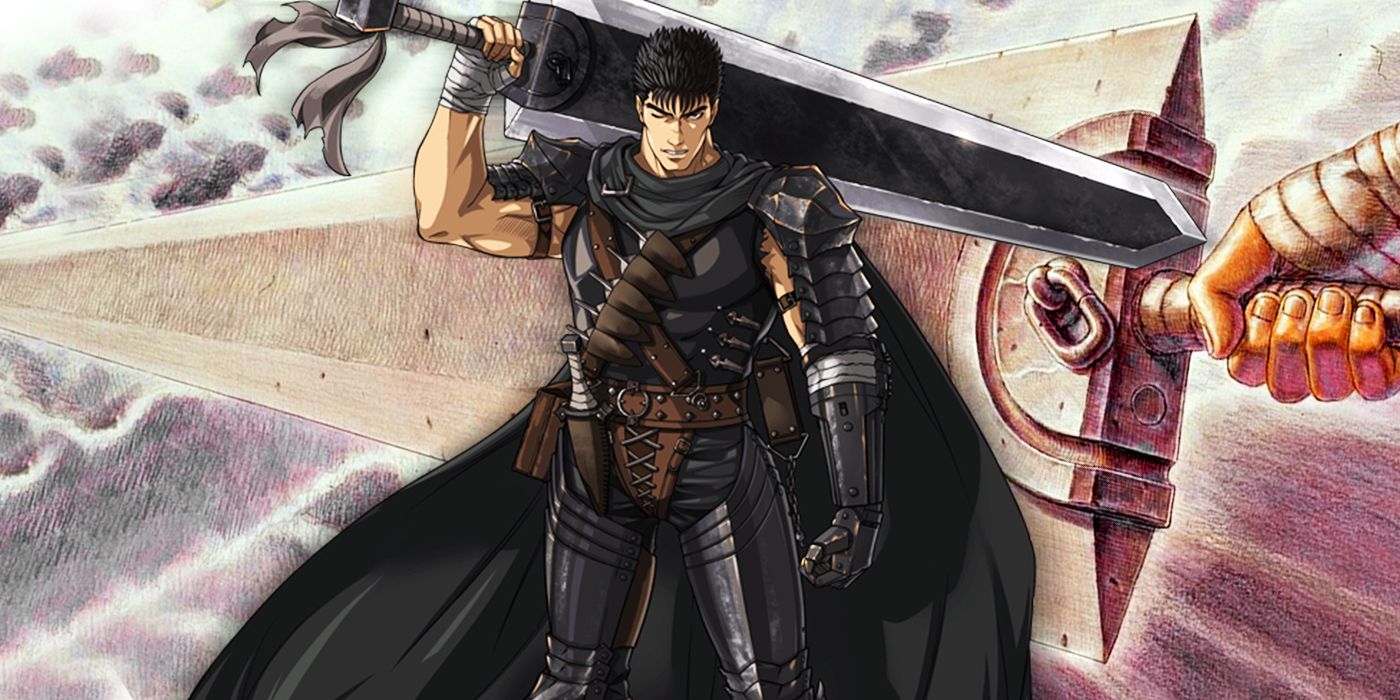The Unyielding Echo of the Black Swordsman
B E R S E R K
In the vast and often-turbulent sea of Japanese manga, few tales resonate with the raw, visceral power of Kentaro Miura's dark fantasy masterpiece. It is a story that claws at the very essence of human endurance, a brutal symphony of struggle, loss, and the indomitable will to persevere against a tide of absolute despair. This is the world of "Berserk," a narrative that is not merely read but experienced, leaving an indelible mark on the soul of its audience.
At its heart, "Berserk" is the chronicle of Guts, the Black Swordsman, a warrior branded for sacrifice and relentlessly pursued by demonic forces. His journey is a harrowing odyssey through a world that is both breathtakingly beautiful and grotesquely cruel. Miura's magnum opus delves into the darkest corners of human nature, exploring themes of ambition, betrayal, and the seemingly unbreakable chains of causality. Yet, amidst the carnage and the sorrow, there lies a profound exploration of what it means to be human in a world that seems to have forsaken humanity.
"In this world, is the destiny of mankind controlled by some transcendental entity or law? Is it like the hand of God hovering above? At least, it is true that man has no control, even over his own will."
The Art of Struggle: A Visual Symphony of Pain and Power
One cannot discuss "Berserk" without acknowledging its legendary artwork. Kentaro Miura's illustrations are a testament to the power of the medium, with each panel meticulously crafted to convey a depth of emotion and a scale of action that is simply staggering. The intricate detail in the armor, the grotesque designs of the Apostles, and the raw emotion etched onto the faces of the characters all serve to immerse the reader in this dark and unforgiving world.
The visual narrative of Guts's struggle is particularly compelling. The sheer weight of his Dragonslayer sword is palpable, each swing a desperate act of defiance against a world that seeks to crush him. The evolution of his design, from the brash young mercenary to the scarred and hardened Black Swordsman, is a visual representation of the immense physical and psychological trauma he has endured. The iconic Berserker Armor, a cursed relic that grants inhuman strength at the cost of the user's sanity and body, is a powerful symbol of his perpetual battle, not just against external foes, but against the all-consuming rage that dwells within him.

The iconic imagery of Guts and his colossal Dragonslayer, a symbol of his unending struggle.
A Legacy Forged in Darkness
The influence of "Berserk" on the landscape of manga and even wider popular culture is undeniable. Its dark fantasy aesthetic, complex characters, and unflinching exploration of mature themes have inspired a generation of creators. From video games like "Dark Souls" and "Final Fantasy VII" to other manga and anime series, the echo of Guts's struggle can be seen and felt across various media.
What makes "Berserk" so enduring is its honest and unflinching portrayal of the human condition. It does not offer easy answers or simple resolutions. Instead, it presents a world where hope is a flickering flame in a storm of darkness, a precious and hard-won commodity. The journey of Guts is a testament to the idea that even in the face of insurmountable odds, the will to fight, to protect, and to simply exist can be a powerful force in itself.
The Unending Journey
Though Kentaro Miura's untimely passing left the future of the series in question, his legacy is firmly cemented. The continuation of the manga by his close friend Kouji Mori and the artists at Studio Gaga is a testament to the enduring power of the story and the profound impact it has had on its global audience. "Berserk" remains a harrowing yet ultimately hopeful saga about the resilience of the human spirit. It is a reminder that even in the darkest of nights, the dawn is worth fighting for, and that the struggle itself can be a source of profound strength and meaning.
← Back to Blog